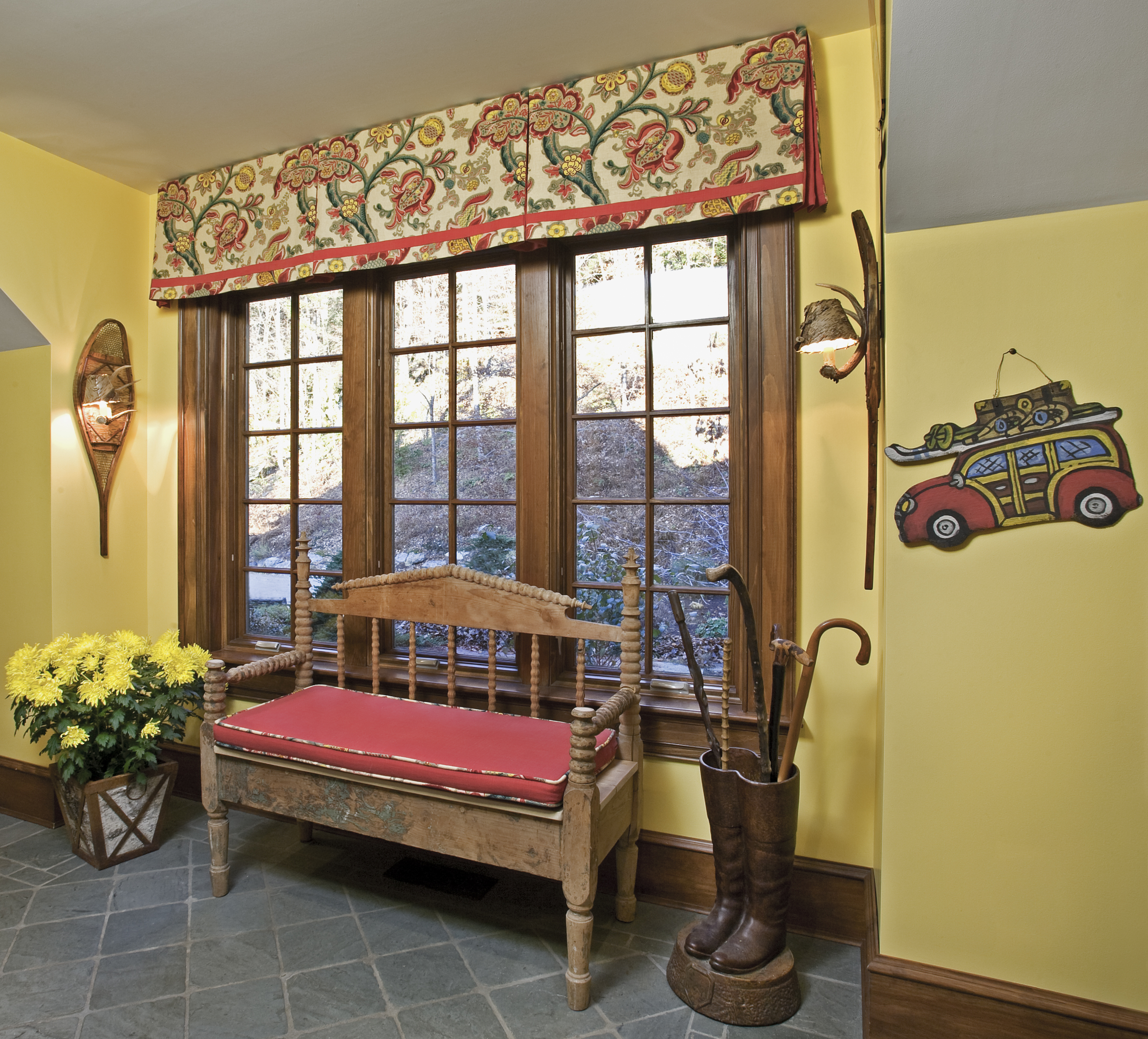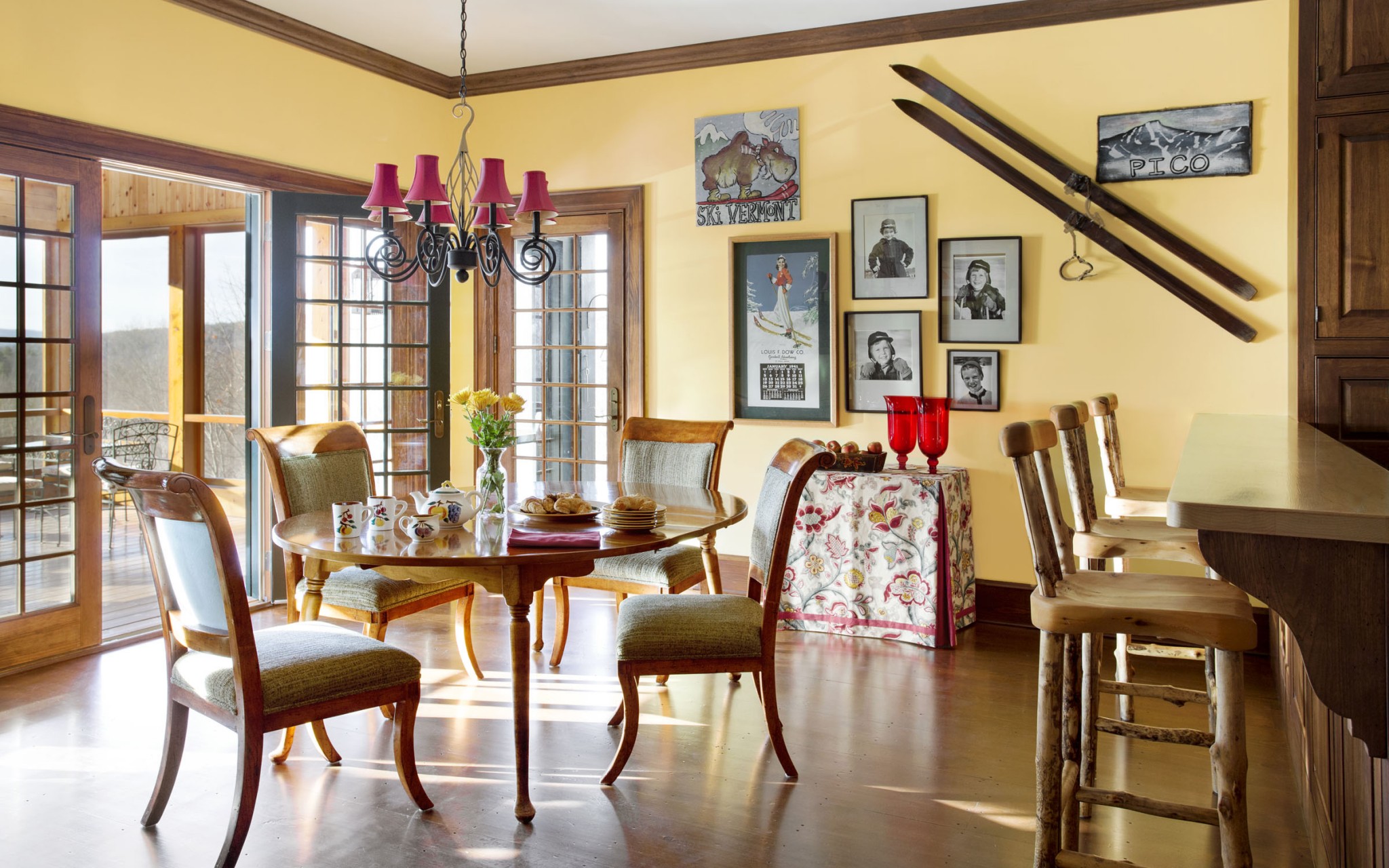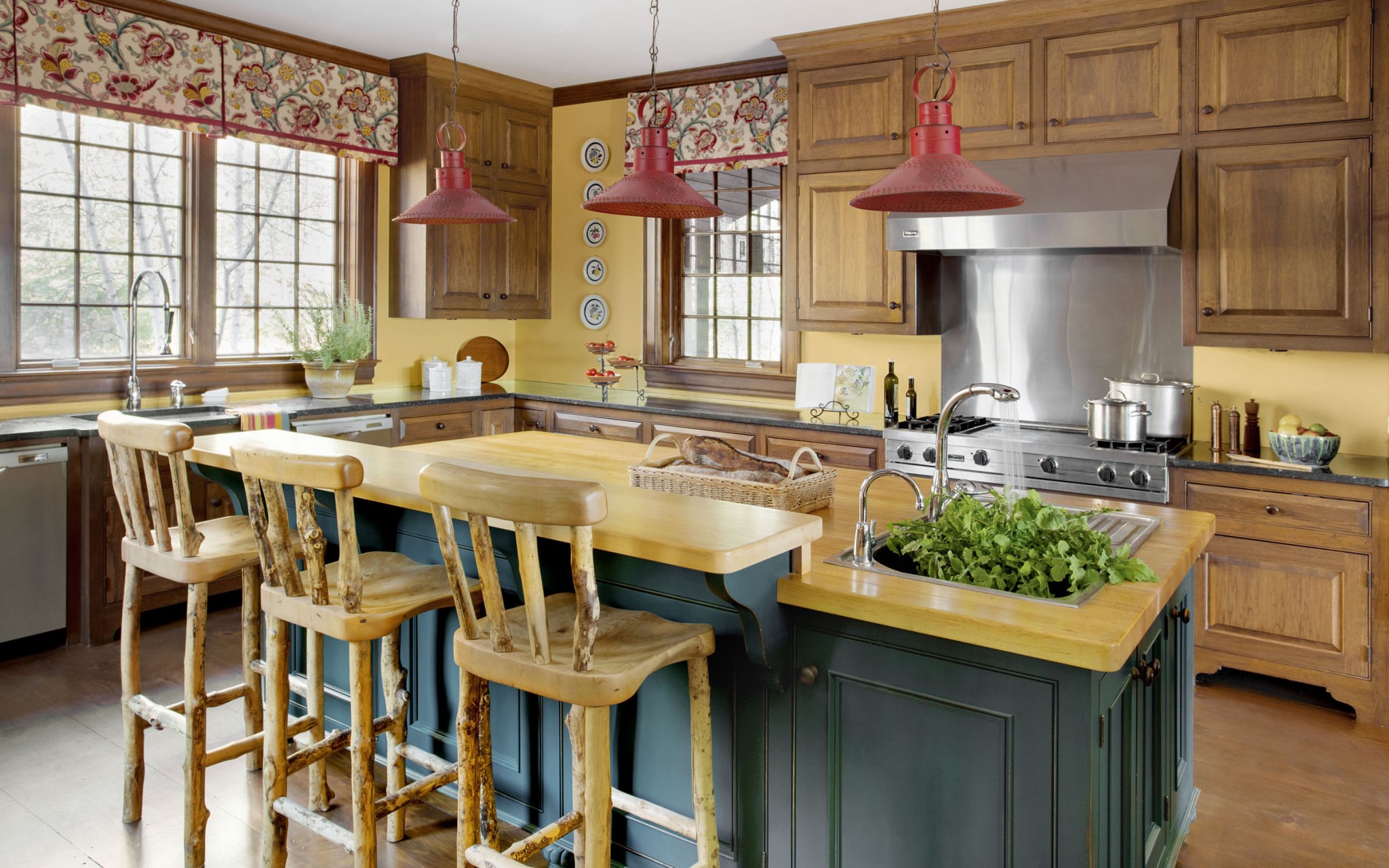
Use interior design to make a statement without saying a word
The entry is the first introduction that you and your visitors have to your home. It should be calm, uncluttered and be the perfect expression of your design style. Designing and organizing this space can be a key factor in organizing your home. This room sets the stage for all that is to come–but the design should not stop at the entry way.
The key to creating a comfortable home that makes you feel good is a carefully considered interior design plan implemented throughout your entire house. It is the unspoken advertisement for your personality and the life you live. How do you create that perfect interior design that truly reflects you?
First, determine your design style
When doing this remember to enhance the architecture, working with it, not against it. If your home is an arts and crafts cottage, don’t try to turn the interior into a modern contemporary space full of hard lines and shiny objects. What is the style of your home? And what is your personal style? There are so many styles from which to choose: traditional, contemporary, transitional and eclectic, just to name a few. Do some research (and some soul searching for your personal style), and once you figure it out, stick with that style throughout the entire house to create a comfortable, cohesive environment.
Next, look at each room individually and determine the purpose
The kitchen is traditionally meant for cooking, eating and gathering. Is it set up to allow for all these things? Is your kitchen something more? Perhaps it’s also an office. If so, plan accordingly–add a cubby with a desk and a cabinet that hides your computer and all of your paperwork. Or maybe it’s also your toddler’s play room. If so, make sure there is a space large enough for your young child and their toys. Assess your wishes and each rooms’ needs, and plan accordingly.
Third, determine the budget
Ultimately this is a deciding factor on the interior design of most homes. You know what you want to do, but what can you afford to do? With a little creativity, almost anything is possible. Set a budget and stick to it as much you can. And remember, your designs can evolve. Set your plans now from a larger perspective (renovations, major furniture and appliances) and let the small things fall into place as you can afford them (new rugs, accents and chairs).
In the words of Charles Eames, “Design is a plan for arranging elements in such a way as best to accomplish a particular purpose.” Determine your purpose, make your plans, implement your strategy and then sit back, relax, enjoy, and allow your home to make a statement without saying a word!


Leave a Reply